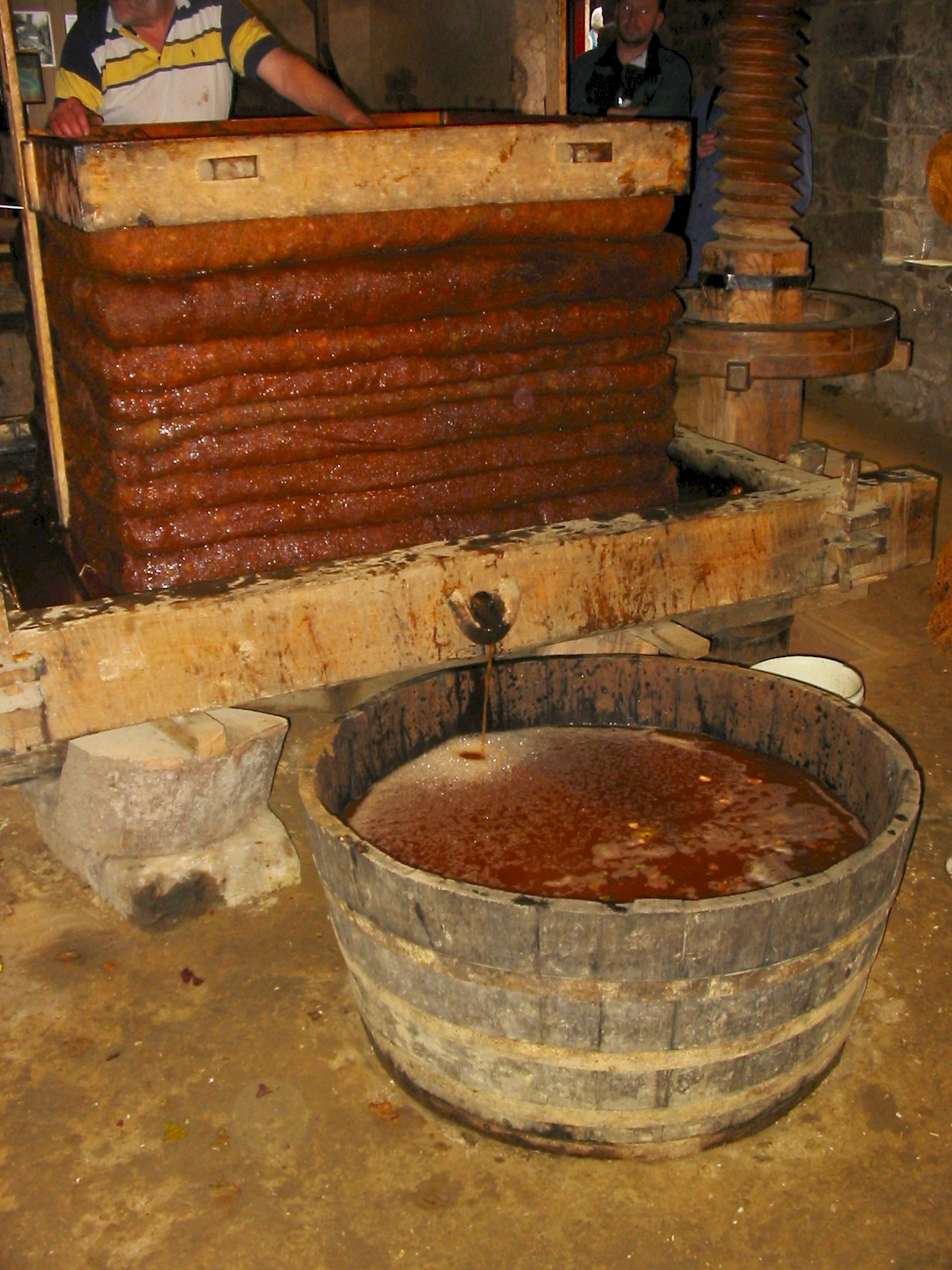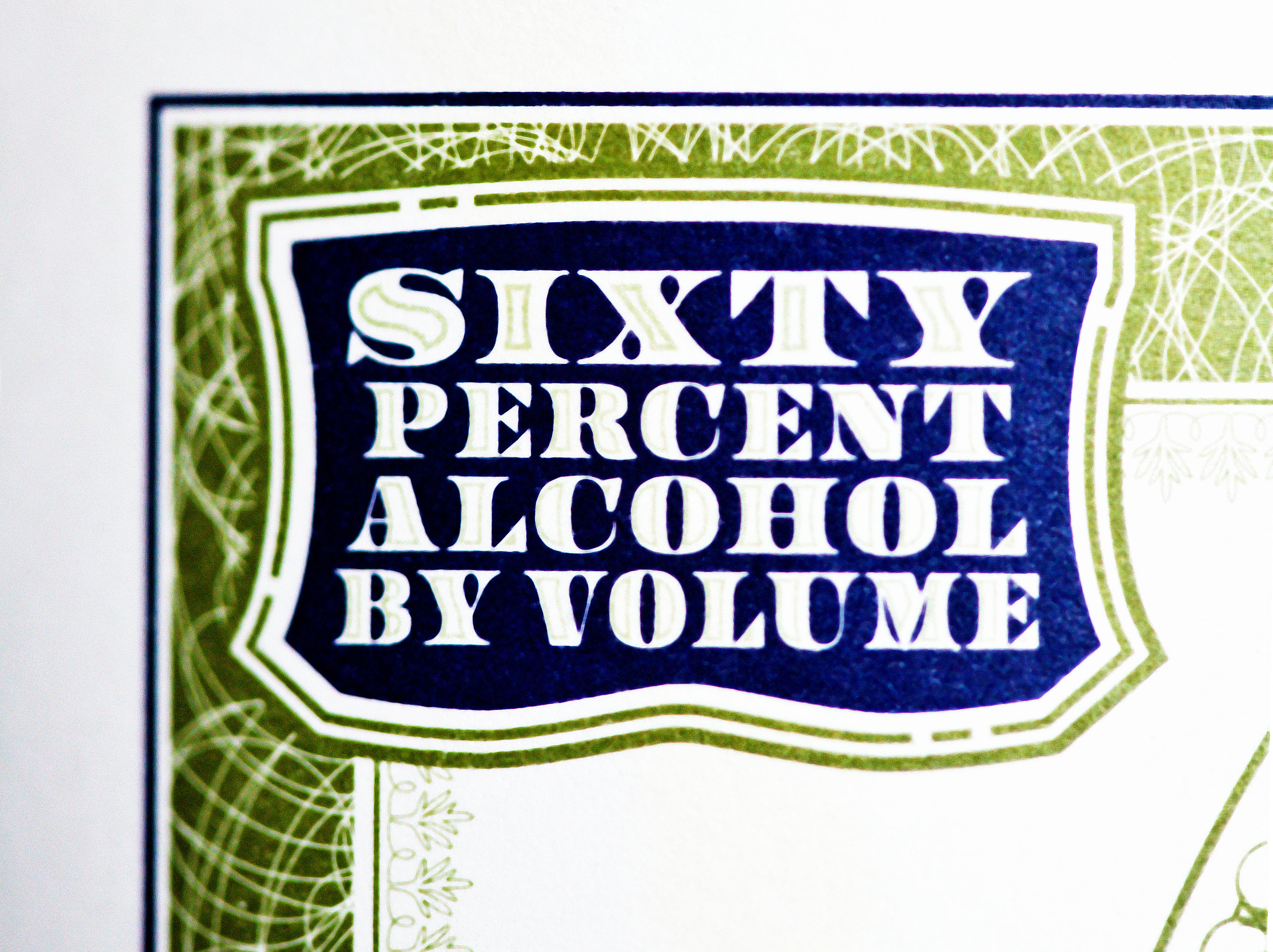|
Alcohol In Sweden
Alcoholic drinks in Sweden are as common as in most of the Western world. Sweden is historically part of the vodka belt, with high consumption of distilled drinks and binge drinking, but during the later half of the 20th century, habits became more harmonized with western Europe, with increasing popularity of wine and weekday drinking. Wine is now also grown and produced in several parts of Sweden and the southernmost region of Skåne is turning into a hub experiencing a strong growth in number of active vineyards. Drinks and brands The main Swedish specialty is ''brännvin'' (literally "burn-wine"), liquor distilled from fermented grain or potatoes. Vodka is the highest grade of , with brands like Absolut Vodka and Explorer Vodka. seasoned with herbs is known as akvavit. This is usually drunk as a snaps, also known as , a small shot glass of alcohol served to accompany a traditional meal (especially pickled herring or crayfish). ''Swedish punsch'' is also a spirit of particu ... [...More Info...] [...Related Items...] OR: [Wikipedia] [Google] [Baidu] |
Snaps
In the Nordic countries, especially Denmark and Sweden, but not in Iceland, snaps ( , ), among many nicknames, is a small shot of a strong alcoholic beverage taken during the course of a meal. In Denmark, a snaps will always be akvavit, although there are many varieties of it. In Sweden, ''snaps'' is a more general term for any small amount of "liquor"; although usually brännvin, it may also be other spirits, such as vodka, bitters/bitter liqueurs, whisky or brandy etc. In Norway, a more common name is the synonym ''dram'' (from the unit Dram (unit), of the same name). One of Finland's strongest alcohol drinks served as snaps is Marskin ryyppy, named after Marshal of Finland, Marshal Gustaf Mannerheim, C. G. E. Mannerheim. The word "snaps" also has the same meaning as German ''Schnapps'' (), in the sense of "any strong alcoholic drink". The definition given is "nip, schnaps; shot (of brandy, aquavit, etc.)." Culture Snaps shanties Swedes, Danes and Swedish-speaking ... [...More Info...] [...Related Items...] OR: [Wikipedia] [Google] [Baidu] |
Beer
Beer is an alcoholic beverage produced by the brewing and fermentation of starches from cereal grain—most commonly malted barley, although wheat, maize (corn), rice, and oats are also used. The grain is mashed to convert starch in the grain to sugars, which dissolve in water to form wort. Fermentation of the wort by yeast produces ethanol and carbonation in the beer. Beer is one of the oldest and most widely consumed alcoholic drinks in the world, and one of the most popular of all drinks. Most modern beer is brewed with hops, which add bitterness and other flavours and act as a natural preservative and stabilising agent. Other flavouring agents, such as gruit, herbs, or fruits, may be included or used instead of hops. In commercial brewing, natural carbonation is often replaced with forced carbonation. Beer is distributed in bottles and cans, and is commonly available on draught in pubs and bars. The brewing industry is a global business, consisting of several ... [...More Info...] [...Related Items...] OR: [Wikipedia] [Google] [Baidu] |
Alcohol Belt
Alcohol preferences in Europe vary from country to country between beer, wine or spirits. These preferences are traditionally associated with certain regions. Hence, the Central European pattern of alcohol consumption is associated with beer-drinking, the Mediterranean pattern with wine-drinking and the Eastern or Northern European pattern with spirit-drinking countries. However, traditional preferences do not necessarily correspond to current drinking habits, as beer has become the most popular alcoholic drink world-wide. Countries preferring spirits The following countries, known as the vodka belt, are significant producers and consumers of spirits, particularly vodka: *Sweden *Norway *Iceland *Finland *Estonia *Latvia (preferring beer as well) *Lithuania (preferring beer as well) *Russia *Belarus *Ukraine *Poland"Krakow Beverages" [...More Info...] [...Related Items...] OR: [Wikipedia] [Google] [Baidu] |
Alcopop
An alcopop (or cooler) is a category of mixed alcoholic beverages with relatively low alcohol content (e.g., 3–7% alcohol by volume), including: # Malt beverages to which various fruit juices or other flavorings have been added # Wine coolers: beverages containing wine to which ingredients such as fruit juice or other flavorings have been added # Mixed drinks containing distilled alcohol and sweet liquids such as fruit juices or other flavourings The term ''alcopop'' (a portmanteau of the words ''alcohol'' and '' pop'') is used commonly in the United Kingdom and Ireland to describe these drinks. In English-speaking Canada, "cooler" is more common but "alcopop" may also be used. Other terms include flavored alcoholic beverage (FAB), flavored malt beverage (FMB), "pre-packaged" or "premium packaged" spirit (PPS). In Australia and New Zealand "premix" and ready to drink (RTD) are both commonly used terms. "Spirit cooler" is used in South Africa for distilled alcohol versions. ... [...More Info...] [...Related Items...] OR: [Wikipedia] [Google] [Baidu] |
Pear
Pears are fruits produced and consumed around the world, growing on a tree and harvested in late summer into mid-autumn. The pear tree and shrub are a species of genus ''Pyrus'' , in the Family (biology), family Rosaceae, bearing the Pome, pomaceous fruit of the same name. Several species of pears are valued for their edible fruit and juices, while others are cultivated as trees. The tree is medium-sized and native to coastal and mildly temperate regions of Europe, North Africa, and Asia. Pear wood is one of the preferred materials in the manufacture of high-quality woodwind instruments and furniture. About 3,000 known varieties of pears are grown worldwide, which vary in both shape and taste. The fruit is consumed fresh, canning, canned, as juice, Dried fruit, dried, or fermented as perry. Etymology The word ''pear'' is probably from Germanic ''pera'' as a loanword of Vulgar Latin ''pira'', the plural of ''pirum'', akin to Greek ''apios'' (from Mycenaean ''ápisos''), of ... [...More Info...] [...Related Items...] OR: [Wikipedia] [Google] [Baidu] |
Apple
An apple is a round, edible fruit produced by an apple tree (''Malus'' spp.). Fruit trees of the orchard or domestic apple (''Malus domestica''), the most widely grown in the genus, are agriculture, cultivated worldwide. The tree originated in Central Asia, where its wild ancestor, ''Malus sieversii'', is still found. Apples have been grown for thousands of years in Eurasia before they were introduced to North America by European colonization of the Americas, European colonists. Apples have cultural significance in many mythological, mythologies (including Norse mythology, Norse and Greek mythology, Greek) and religions (such as Christianity in Europe). Apples grown from seeds tend to be very different from those of their parents, and the resultant fruit frequently lacks desired characteristics. For commercial purposes, including botanical evaluation, apple cultivars are propagated by clonal grafting onto rootstocks. Apple trees grown without rootstocks tend to be larger and ... [...More Info...] [...Related Items...] OR: [Wikipedia] [Google] [Baidu] |
Cider
Cider ( ) is an alcoholic beverage made from the Fermented drink, fermented Apple juice, juice of apples. Cider is widely available in the United Kingdom (particularly in the West Country) and Ireland. The United Kingdom has the world's highest per capita consumption, as well as the largest cider-producing companies. Ciders from the South West of England are generally higher in alcoholic content. Cider is also popular in many Commonwealth of Nations, Commonwealth countries, such as India, South Africa, Canada, Australia, New Zealand, and New England. As well as the UK and its former colonies, cider is popular in Portugal (mainly in Entre-Douro-e-Minho Province, Minho and Madeira), France (particularly Normandy and Brittany), northern Italy (specifically Friuli), and northern Spain (specifically Asturias and Basque Country (greater region), Basque Country). Germany also has its own types of cider with Rhineland-Palatinate and Hesse producing a particularly tart version known as A ... [...More Info...] [...Related Items...] OR: [Wikipedia] [Google] [Baidu] |
Drink Driving
Drunk driving (or drink-driving in British English) is the act of driving under the influence of alcohol. A small increase in the blood alcohol content increases the relative risk of a motor vehicle crash. In the United States, alcohol is involved in 32% of all traffic fatalities. Terminology United States In the United States, most states have generalized their criminal offense statutes to driving under the influence (DUI). These DUI statutes generally cover intoxication by any drug, including alcohol. Such laws may also apply to operating boats, aircraft, farm machinery, horse-drawn carriages, and bicycles. Specific terms used to describe alcohol-related driving offenses include "drinking and driving", "drunk driving", and "drunken driving". Most DUI offenses are alcohol-related so the terms are used interchangeably in common language, and "drug-related DUI" is used to distinguish. United Kingdom In the United Kingdom, there are two separate offences to do with alcohol an ... [...More Info...] [...Related Items...] OR: [Wikipedia] [Google] [Baidu] |
Alcohol By Volume
Alcohol by volume (abbreviated as alc/vol or ABV) is a common measure of the amount of Alcohol (drug), alcohol contained in a given alcoholic beverage. It is defined as the volume the ethanol in the liquid would take if separated from the rest of the solution, divided by the volume of the solution, both at . Pure ethanol is lighter than water, with a density of . The alc/vol standard is used worldwide. The International Organization of Legal Metrology has ethanol (data page)#Properties of aqueous ethanol solutions, tables of density of water–ethanol mixtures at different concentrations and temperatures. In some countries, e.g. France, alcohol by volume is often referred to as degrees Gay-Lussac (after the French chemist Joseph Louis Gay-Lussac), although there is a slight difference since the Gay-Lussac convention uses the International Standard Atmosphere value for temperature, . Volume change Mixing two solutions of alcohol of different strengths usually causes a change in ... [...More Info...] [...Related Items...] OR: [Wikipedia] [Google] [Baidu] |
Lager Beer
Lager (; ) is a style of beer brewed and conditioned at low temperature. Lagers can be pale, amber, or dark. Pale lager is the most widely consumed and commercially available style of beer. The term "''lager''" comes from the German word for "storage", as the beer was stored before drinking, traditionally in the same cool caves in which it was fermented. As well as maturation in cold storage, most lagers are distinguished by the use of ''Saccharomyces pastorianus'', a "bottom-fermenting" yeast that ferments at relatively cold temperatures. Etymology Until the 19th century, the German word ''Lagerbier'' ( de) referred to all types of bottom-fermented, cool-conditioned beer in normal strengths. In Germany today, it mainly refers to beers from southern Germany, either "''Helles''" (pale) or "'' Dunkles''" (dark). Pilsner, a more heavily hopped pale lager, is most often known as "Pilsner", "Pilsener", or "Pils". Other lagers are ''Bock'', ''Märzen'', and ''Schwarzbier''. In ... [...More Info...] [...Related Items...] OR: [Wikipedia] [Google] [Baidu] |
Punsch
Punsch (or ''punssi'' in Finnish) is a type of liqueur popular in Sweden and Finland. It is most frequently called ''Swedish Punsch'', and while historical variations have also been called , , and , punsch should not be confused with the English term " punch". It is made by the mixing of spirits (arrack, brandy or rum) with arrak tea (lemon and spices), sugar, and water, and was first brought to Sweden from Java in 1733. The spirit arrack is the base ingredient in most punsches, also imported into Europe by the Dutch from their colony in Batavia, Dutch East Indies. Punsch usually has 25% alcohol by volume (ABV) and 30% sugar. While still made in Sweden by combining ingredients, since the later part of the 19th century it is frequently purchased as a bottled liqueur under various brand names. It is drunk both warmed and chilled. Etymology Originally, Swedish/Finnish punsch was a variant of punch, which became a popular drink all over Europe in the 18th century, having been intr ... [...More Info...] [...Related Items...] OR: [Wikipedia] [Google] [Baidu] |






